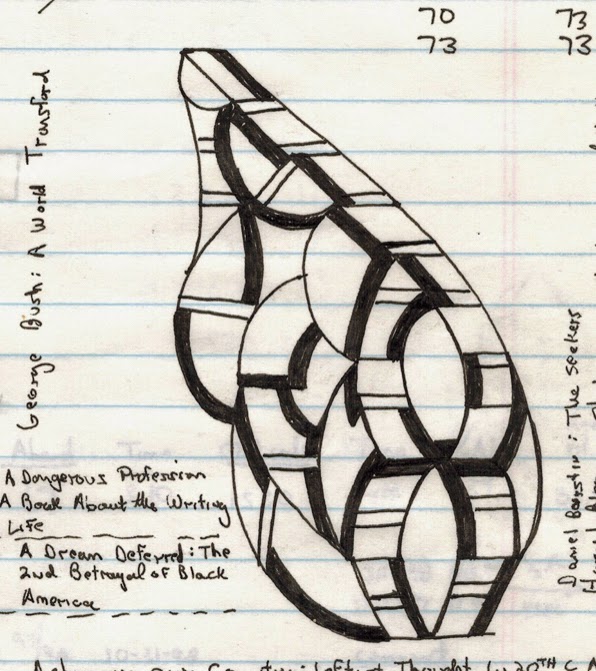

We advise our clients not to sign it.Īs a counterpoint, it is worth noting – and forcefully reminding the Big 4 – that every other auditor on the planet makes the confirmation process smooth and effective. The slight snag? The disclaimer is usually so wide ranging that it appears to materially impact the investors’ ability to sue the auditor in the event of audit failure (which, of course, is the idea).

In the six months since then, practices appear to have standardized: typically, the Big 4 will now provide a form response, but only after the investor has signed an extensive disclaimer letter. We thought it would be useful to recap on a group of issues which continue to be troubling:ġ) And why can’t the auditor identify themselves?īack in November, we commented on the challenge of getting the Big 4 audit firms to admit that they are, actually, the auditor of the fund in question. Looking back over our posts over the past year or so, we’ve commented on a number of issues which impact investors’ due diligence procedures when thinking about the audit process, the financial statements, and the auditor themselves. I would imagine that these issues will continue to arise as more service providers strive to find ways to limit their potential future liability.

The following article is written by Chris Addy, president and CEO of Castle Hall Alternatives which is a hedge fund due diligence firm.įor funds raising assets from institutional investors, the due diligence process will be quite familiar and Chris describes some of the frustrations from the investor/due diligence standpoint.


 0 kommentar(er)
0 kommentar(er)
